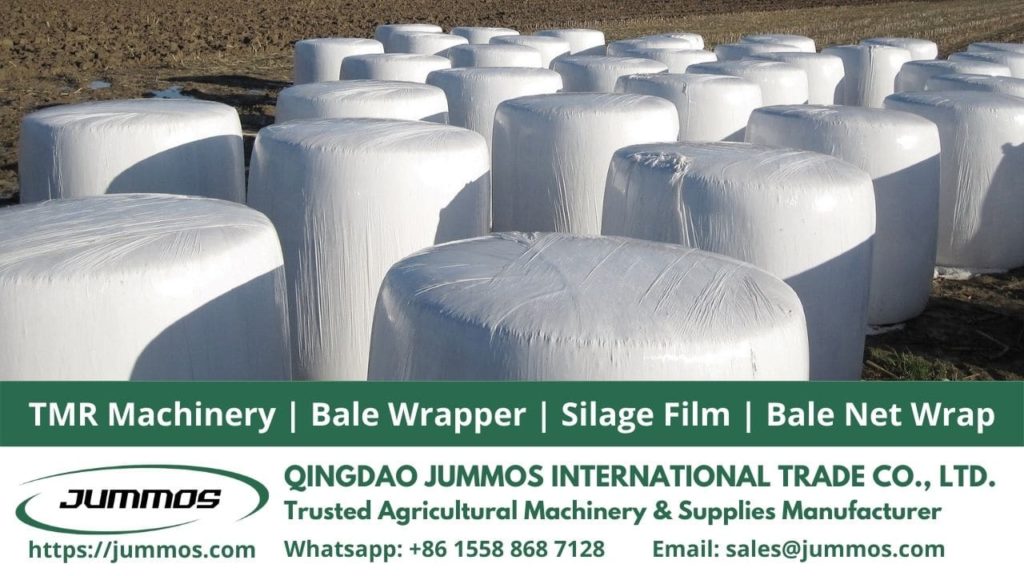The term “beef cattle” can be simply described as a type of cattle that are being raised to produce meat. The “beef” part refers to the meat of said cattle, mature or almost mature. There are three stages in beef production:
- Cow-Calf Operations
At this stage, the cow is being bred to produce offspring.
- Backgrounding
This stage starts with the weaning of the produced calves and ends with the calves being placed in the feedlot.
- Feedlot Operations
Cattle at this stage are being prepared for slaughter and are ready for sale. They undergo a fattening process and mostly are predominantly males.
Cattle of this type aren’t only used for their meat as their byproducts can also be utilized in the production of inhalers, insulin, cosmetics, shampoo, and candy.
Management of Beef Cattle
The beef cattle mate in natural ways when a bull is let loose to choose a mating partner. There are some aspects to take into account for an owner to choose the bull in question, the most important of which is their ability to spread diseases. It’s risky to choose a bull that isn’t tested first for diseases, at least the most common of them. The whole herd would be at risk if a farmer carelessly selects any bulls. A farmer must research to collect everything to know about a bull.
In terms of maintenance of the beef cattle, the handlers must be able to provide them with an environment that’s low-stress. Many aspects entail, including humane treatment, proper nourishment, constant safety, manageable comfort, and top-notch care and health. The farm must be propped with shelters that the cattle can use to protect themselves from extreme weather conditions.
They must always be handled safely and using appropriate equipment. The way the animals are being slaughtered must also be as humane as possible. Infected individuals, or ones being suspected of, must be reported to an authorized veterinarian, who will decide if the animals are fit for further treatments or should be euthanized instead.
Illness and disease may spread quickly among the herd, so the owner must always practice close monitoring to prevent such a disaster from ever happening. This is crucial, seeing how some types of disease may also affect humans.
Averagely, beef cattle require a nutritional feed of up to 4% of their total body weight—per day. Cattle of different production stages consume different diets. Cow-calf operations cattle typically live on pasture, where they feed on fresh grass mainly. Cattle of backgrounding and feedlot operations are being fed with portions that are high in grain contents. Despite its high cost, grain is effective in boosting their growth. Silage can be added to the meal plans to meet their need for roughage. A cow of average weight will drink at least 41 liters of water a day, which may increase during hot weather.
Processing Beef Cattle
Processing beef cattle is a long journey from the farm to the market. An animal of 450 kg makes a carcass of 280 kg the moment offal and guts, skin, feet, head, and blood are all removed. This then is hung in a cold room for up to 4 weeks, during which the meat further loses more of its weight as the water dries out. This carcass will then make at least 200 kg of beef following deboning and cutting. The fat that remains within the muscle is called marbling. The beef cut with the most marbling is worth more as it’s considered high-grade.
Slaughtering beef cattle goes through 3 stages:
- Pre-Slaughter Handling
Access to feed is denied for an animal primed for slaughter. It will be stopped being fed for up to 24 hours before being handled.
- Stunning
The animal is held in a way that restricts their movement and then is stunned. The purpose is to make the animal feel comfortable enough that it doesn’t feel pain when being slaughtered. Meat quality is also preserved due to this procedure.
- Slaughtering
At this stage, the animal’s throat is slit open to allow for the blood to get out.
The Secret to the Best Beef
It’s no secret that the best beef cattle are the ones that are being given the best feed. Jummos contributes to your farm business by providing you with the highest quality of TMR mixer and bale wrappers you can use to process the feed for your cattle. Browse through our catalog or ask us questions so we can help you make a sound decision before making a purchase.

